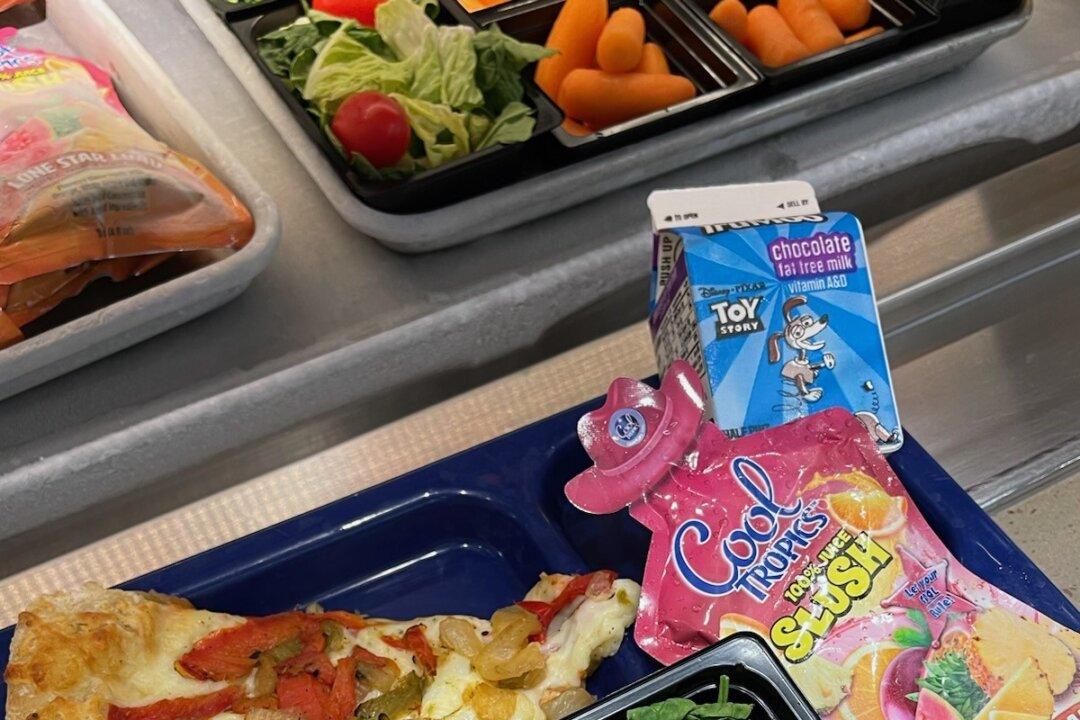The Texas Department of Agriculture recently awarded millions in grants to schools to help them put more local foods on students’ lunch trays.
The grant program, Local Food for Texas Schools, awarded $22.3 million to Texas schools to buy food produced by local farmers and ranchers. The program is part of the Texas Department of Agriculture’s Farm Fresh program, which helps bring school districts and farmers together.





